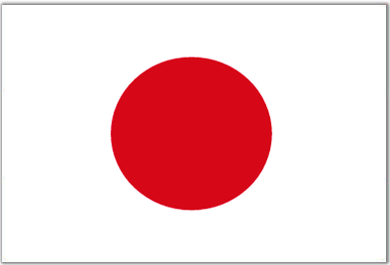Have you ever wondered what the difference is between Chinese and Japanese acupuncture? Is one better than the other? Maybe you’ve never had acupuncture before and you’re not sure who to go to…well, today we’re going behind the scenes to uncover some of the unique qualities that distinguish these two acupuncture styles.
Historical Roots and Cultural Variations in Acupuncture
First off, let’s look briefly at the history of acupuncture. This healing method originated in ancient China and from there, expanded into Japan, Korea, and Taiwan. Every culture since then has developed their own signature style of acupuncture, but the roots remain grounded in Chinese medicine (CM). This means that Japanese acupuncturists are taught CM to begin with and from there pursue a Japanese traditional, apprentice-style training to develop the Japanese style.
One of the most frequently asked questions by first time acupuncture patients is: which one hurts less? First thing readers should know is: all acupuncturists use ultra fine needles, about 1/100th the width of a normal syringe needle. Acupuncture needles are also not hollow and do not have a cutting edge; all of these traits combine to create a pain-free or close to it experience for the patient.
Comparing Needling Techniques in Chinese and Japanese Acupuncture
With that said, there are notable differences between Chinese and Japanese needling techniques.
- Japanese acupuncture tends to use finer needles than Chinese acupuncture and the needling is more surface-level and not as deep.
- Chinese needles tend to be slightly thicker, and the needling is deeper and stronger. Fhat for a first-time acupuncture patient who is worried about needles, Japanese acupuncture might be the style to try first because it tends to be more comfortable for the patient.
Other differences include diagnosis methods and types of herbal prescriptions to accompany the acupuncture.
Are you interested in becoming a certified acupuncture professional?
Visit the links below to explore our specialized acupuncture programs at a campus near you:
Diagnosis: Chinese acupuncturists use the patient’s pulse, tongue, and face to make their diagnosis. Japanese acupuncturists rely more on palpatory findings of the pulse, abdomen, back and meridians. They also look at the tongue, but do so more to tell what’s going on in the stomach and from there make their diagnosis. An interesting fact: In Japan, acupuncture and massage were originally the profession of the blind. This is what makes palpatory findings the hallmark of the Japanese style.
Herbal Prescriptions: Herbs are often prescribed to patients in Chinese and Japanese styles, to compliment the acupuncture treatments, but there are some key differences between the two. In Japan, herbs are required to be approved by their version of the FDA, and only doctors and pharmacists can prescribe herbs. As a result there are a smaller number of formulas, but the herbs are the highest quality available. In China, on the other hand, herbs do not need to be approved or prescribed by a doctor, so as a result there are a lot more varieties of herbal formulas and they’re more personally tailored to each patient.
Each acupuncturist tends to be partial to their chosen style of acupuncture, but few would claim that one is better than the other. A first-time patient should try both: different patients resonate better with different styles. However, once a patient decides which technique they like better, they should stick with one and also have 4-8 treatments with one practitioner to achieve optimum results.
Featured Posts:
- Benefits of Japanese Acupuncture
- Acupuncture Profession Gets Real
- Oriental Medicine Offers Natural Remedies for Kidney Stones
- Pacific College Offers Free Acupuncture to Law Enforcement, Firefighters, & Military
- “The Body Remembers”: Alleviating the Long-Term Impact of Injury with Japanese Scar Therapy


